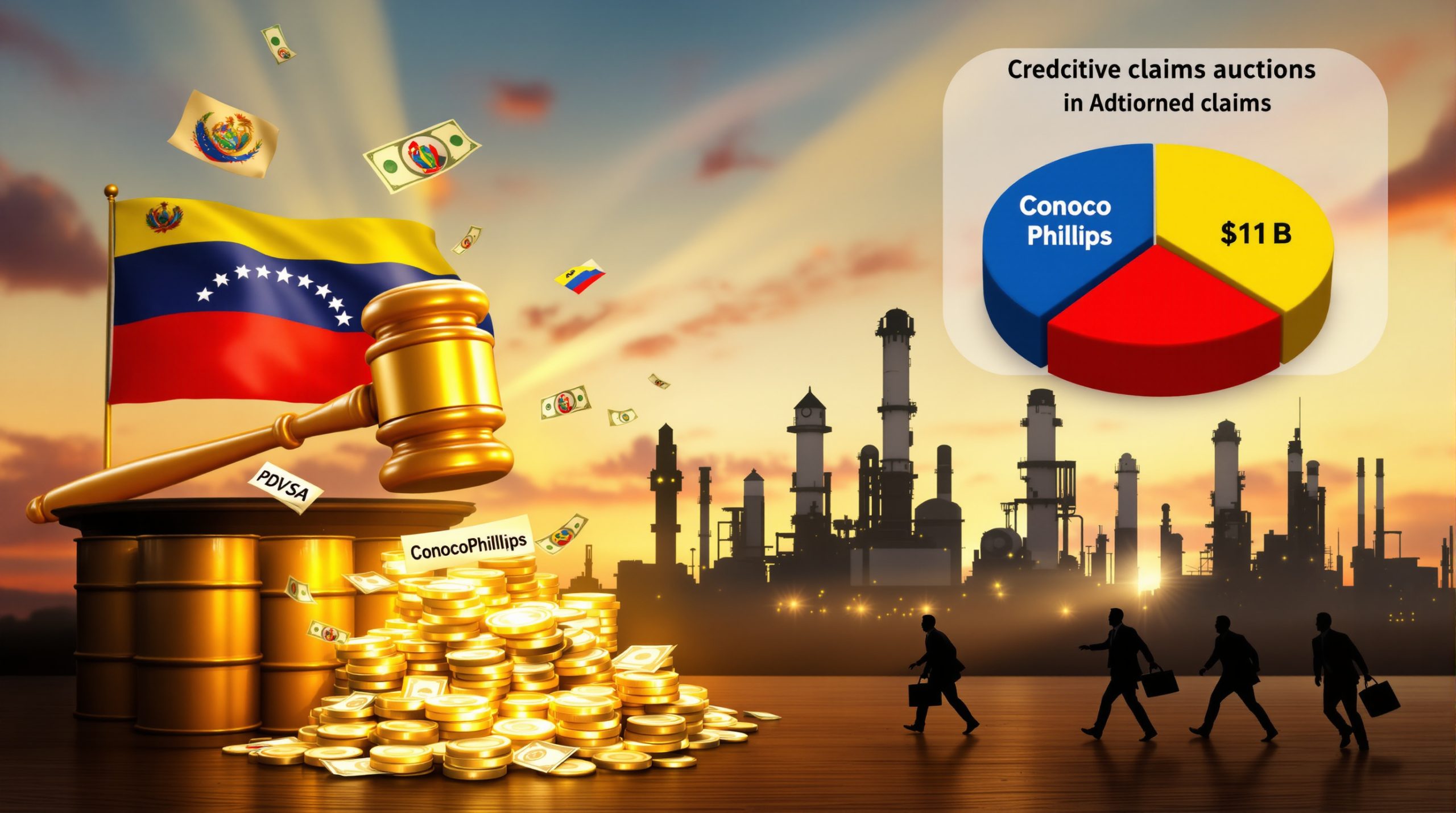Global Molybdenum Production: Key Players and Market Trends
Global molybdenum production continues to evolve in 2024, driven by industrial demand and geopolitical factors. China remains the dominant producer, accounting for an estimated 110,000 metric tons (MT) of molybdenum, while secondary producers like Peru (41,000 MT) and Chile (38,000 MT) reinforce their positions. The United States and Mexico contribute 33,000 MT and 17,000 MT, respectively, with smaller producers such as Armenia and Kazakhstan emerging as notable contributors. A 6% year-over-year increase in global production underscores the metal's strategic importance in high-performance alloys, energy infrastructure, and industrial applications.
What is Molybdenum and Why is it Important?
Strategic Applications of Molybdenum
Molybdenum's unique properties—high melting point (2,623°C), corrosion resistance, and strength enhancement—make it indispensable in advanced steel alloys. These alloys are critical for constructing skyscrapers, aerospace components, and automotive parts subjected to extreme stress. In petroleum refining, molybdenum-based catalysts enable efficient sulfur removal, reducing environmental pollutants. Its use in nuclear reactors and renewable energy systems further highlights its versatility.
Molybdenum's Role in the Modern Economy
The metal underpins infrastructure development, with over 75% of global consumption tied to steel production. Its role in wind turbine shafts and solar panel supports aligns with the energy transition, while defense industries rely on molybdenum for armor plating and missile systems. This dual industrial and strategic significance ensures its status as a cornerstone of modern manufacturing.
Who Are the Leading Molybdenum Producers in 2024?
China: The Dominant Global Producer
China's estimated 110,000 MT output in 2024 reflects its control over 45% of global molybdenum production. Major mines in Liaoning and Henan provinces leverage advanced extraction technologies, though environmental regulations and resource nationalism pose long-term challenges. State-owned enterprises like China Molybdenum Co. dominate production, ensuring vertical integration from mining to processing.
Major Secondary Producers
Peru's 41,000 MT output stems from the Cerro Verde mine, a copper-molybdenum porphyry deposit. Chile's Collahuasi and Los Pelambres mines contribute 38,000 MT, capitalizing on by-product recovery from copper operations. In the U.S., Freeport-McMoRan's Climax mine in Colorado produces 33,000 MT, while Mexico's Buenavista mine adds 17,000 MT.
Emerging and Smaller Producers
Armenia's Zangezur Copper-Molybdenum Combine produces 7,000 MT annually, vital for its economy. Kazakhstan's East Kazakhstan Region, home to the Kounrad deposit, has increased output to 5,000 MT amid foreign investment. Mongolia's Erdenet Mine, despite logistical hurdles, contributes 4,000 MT to global supply chains.
How Has Global Molybdenum Production Changed?
Production Growth Trends
The 6% production increase in 2024 follows investments in capacity expansion, particularly in China and Peru. Chile's output rose by 8% due to higher copper prices, which incentivize by-product recovery. The U.S. saw a 4% uptick driven by infrastructure-focused policies under the current administration.
Market Dynamics and Supply Factors
Geopolitical tensions, such as export restrictions in Armenia and Uzbekistan, highlight supply chain vulnerabilities. Over 60% of reserves are concentrated in the Americas and China, necessitating diversification strategies. Trade policies have prioritized domestic mining in several countries, though environmental opposition persists. Investors seeking to understand these complex dynamics should consider geopolitical market strategies to navigate potential disruptions.
What Drives Demand for Molybdenum?
Industrial Applications and Demand Factors
The steel sector consumes 80% of molybdenum, with API-grade pipelines and LNG tankers fueling demand. Aerospace growth, particularly in Asia, requires 15% more molybdenum-intensive alloys annually. Renewable energy projects, including offshore wind farms, are expected to double molybdenum usage by 2030, further supporting decarbonisation in mining efforts globally.
Future Demand Projections
Urbanization in India and Southeast Asia could increase construction-related demand by 25% by 2030. Electric vehicle battery components and hydrogen electrolyzers represent emerging applications, potentially adding 20,000 MT to annual demand.
How is Molybdenum Extracted and Processed?
Mining Methods and Extraction Techniques
Primary molybdenum mines use block-caving at depths exceeding 1,000 meters, while copper mines recover molybdenum via froth flotation. Chile's Escondida mine, for example, extracts 0.03% molybdenum from copper ore, yielding 10,000 MT annually. Understanding these techniques is essential for investing in mining stocks in this sector.
Processing and Refining
Roasting converts molybdenite concentrate (MoS₂) into technical oxide (MoO₃), which is then processed into ferromolybdenum or ammonium dimolybdate. China's Jinzhou New China Dragon employs fluidized-bed roasting, achieving 98% purity.
Environmental Considerations in Molybdenum Mining
Molybdenum extraction carries significant environmental implications, with water usage ranging from 20-40 cubic meters per ton of ore processed. Tailings management represents a critical challenge, especially in water-stressed regions like Chile's Atacama Desert. Progressive mining companies have implemented closed-loop water systems, reducing fresh water consumption by up to 65%.
Acid rock drainage from exposed sulfide minerals presents another concern, requiring careful containment strategies. Modern operations utilize geomembrane liners and neutralization treatments to prevent groundwater contamination. Reclamation efforts include phytoremediation with metal-accumulating plants to restore post-mining landscapes.
FAQ About Global Molybdenum Production
What Countries Have the Largest Molybdenum Reserves?
The U.S. holds 5.4 million MT of reserves, followed by Chile (2.5 million MT) and China (2.3 million MT). Reserve-to-production ratios exceed 50 years globally, though ore grades are declining. According to recent USGS data, these reserve figures remain stable despite increasing production rates.
How Does Molybdenum Pricing Affect Production Levels?
Prices fluctuated between $30–$45/kg in 2024, incentivizing expansions in Peru and Mexico. Break-even costs range from $18/kg (China) to $25/kg (U.S.), with margins supporting sustained output.
What Role Does Recycling Play in Molybdenum Supply?
Approximately 25% of global molybdenum supply comes from recycled sources, primarily from spent catalysts and high-grade steel scrap. The recycling rate varies significantly by region, with Europe achieving 35% recovery compared to 15% in developing economies. Advances in metallurgical separation technologies have improved recovery rates, with specialized facilities in Belgium and Japan achieving 98% extraction efficiency from complex waste streams.
How Do Geopolitical Factors Influence the Molybdenum Market?
Trade tensions between major economies can significantly impact molybdenum availability, as demonstrated by previous export restrictions. Supply chain diversification has become a strategic priority for industries dependent on molybdenum, with many manufacturers establishing stockpiles equivalent to 3-6 months of consumption. Regional processing hubs are emerging in countries with stable political environments to mitigate supply disruptions. The International Molybdenum Association provides ongoing analysis of these market dynamics.
Conclusion: The Future of Global Molybdenum Production
Market Outlook and Production Forecasts
Annual production is projected to reach 350,000 MT by 2030, driven by energy transition needs. Recycling initiatives, recovering 40% of scrap molybdenum, will complement primary supply. Investors should consider thorough feasibility studies insights before committing to new mining projects in this sector.
Strategic Implications for Global Industries
Supply chain resilience requires diversification beyond China, with Canada and Kazakhstan poised to expand. Policymakers must balance environmental concerns with industrial demands to ensure long-term sustainability of global molybdenum production. Developing effective mining investment strategies will be crucial for both individual and institutional investors in this evolving landscape.
Disclaimer: This article contains forward-looking statements and projections about the molybdenum market. These forecasts are based on current data and trends but are subject to change due to unforeseen economic, geopolitical, or technological developments. Readers should conduct their own research before making investment or business decisions based on this information.
Ready to Spot the Next Major Mineral Discovery?
Don't miss out on significant ASX mineral announcements—Discovery Alert's proprietary Discovery IQ model instantly transforms complex data into actionable investment insights, giving you a crucial edge in the market. Explore historic discoveries and their impressive returns by visiting Discovery Alert's dedicated discoveries page and begin your 30-day free trial today.




